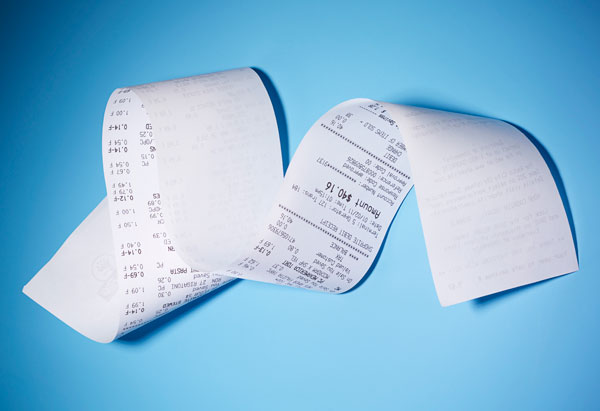How to Eat Fabulously on $40 a Week

Photo: Levi Brown
Paring down your grocery budget can lead to a healthier diet—if you know how to shop smart.
Not long ago I was a person who kept her pantry semi-bare and regularly dropped $3 on a cup of coffee. Then I heard a woman on a radio show claim that the year she spent surviving on just $160 per month in food stamps ultimately led to weight loss and a healthier diet because she learned to shop, cook, and eat better.
Intrigued but skeptical—I had often spent $20 on ingredients to cook just one meal—I put in a call to Barry Popkin, PhD. A professor of global nutrition at UNC Chapel Hill and author of The World Is Fat, Popkin has long argued that eating healthier can cost less. "With many convenience foods, we're paying for packaging and processing that adds fat, sugar, sodium, and calories," he told me. Inspired, I decided to try the $40-a-week budget myself, and what began as an experiment became a way of life. Here's how I did it:
Go International
Spices boost flavor without adding sodium or fat, and many have their own health benefits. You'll find them for less in the international aisle. In my neighborhood grocery, an ounce of cloves costs $3.79 in the spice aisle but 99 cents in the international section.
Look for In-Season Produce
Yes, you can buy fresh brussels sprouts for Easter dinner, but they cost three times what you'd pay at Thanksgiving. Eating seasonally also exposes you to new foods. During the fall, I substituted Swiss chard for spinach, and in the spring, I swapped rhubarb for cherries.
Eat Meatless or Meat-Light
It's better for your bottom line and your health. In 2009 a study published in the Archives of Internal Medicine found that people who eat a lot of red and processed meats have a higher risk of dying from cancer, heart disease, and other chronic illnesses.
Make Your Own
You can whip up cheap, fresh salad dressing using oil and vinegar while avoiding the preservatives that come with most commercial brands. Or purchase whole chickens—which are cheaper than skinless breasts—and use the remnants to make stock, without the added sodium.
More Inexpensive Eats



